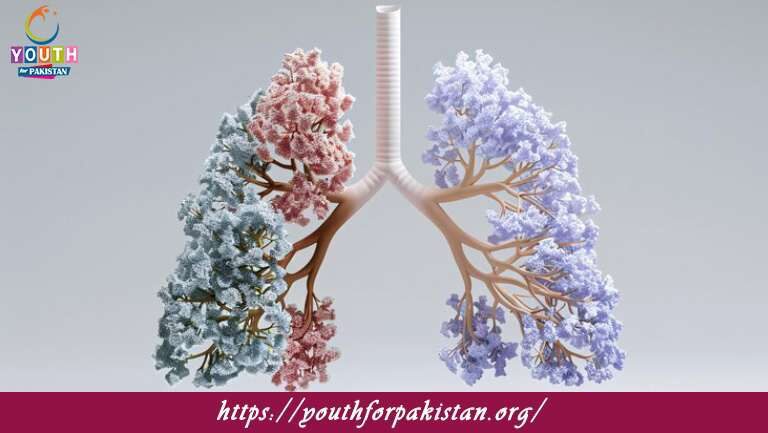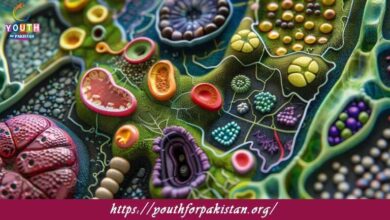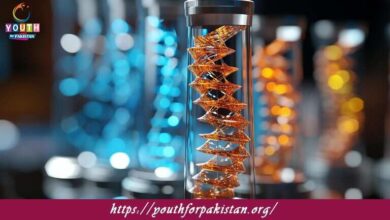11th Class Biology Chapter 13 Quiz with Answers

“11th Class Biology Chapter 13 Quiz: Gaseous Exchange” is a very fundamental chapter that describes how living organisms obtain oxygen and give up carbon dioxide, which is very important for the process of cellular respiration. This is essential for the maintenance of life and the production of energy. Gaseous exchange in humans and plants is the most important concept for MDCAT students to excel in the subject of biology. Our MDCAT Quiz for this chapter helps you test your knowledge and will ease your level of preparation for any exam questions.
General Overview of Gaseous Exchange
The movement of gases such as oxygen and carbon dioxide through the membranes is called gaseous exchange. Oxygen is utilized for cellular respiration, while carbon dioxide is a waste product that needs to be eliminated. Thus, the chapter starts with the explanation of the principles of diffusion and how gases move from a region of higher concentration to a region of lower concentration. The students will learn about various mechanisms and structures in gaseous exchange in both animals and plants.
Gaseous Exchange in Humans
The most prevalent sites of gaseous exchange in humans occur within the lungs. The form and structure of both the lungs and the respiratory system is discussed, considering how oxygen enters the bloodstream while carbon dioxide departs. Small air sacs within the lungs, alveoli, are very instrumental in this function. These sacs are encircled with an extensive network of capillaries where oxygen diffuses into the blood and carbon dioxide moves out of the blood into the alveoli, thereby being expelled from the body. The mechanism of breathing and the processes involved in inhalation and exhalation are detailed with the role of the diaphragm and the intercostal muscles.
Gaseous Exchange in Plants
Plants also exchange gases, though in a different manner due to their autotrophic nature. During photosynthesis, plants use up carbon dioxide and produce oxygen. On the other hand, respiration takes place in the plant cells wherein the oxygen is utilized for the production of carbon dioxide. The chapter states how plants, through small, pore-like structures—stomata—mainly on the leaves, carry on this gas exchange. The guard cells are specialized to open or close the stomata for turgor adjustment, water conservation, and controlled gas exchange. Students will study how environmental conditions such as illumination, temperature, and humidity determine gas exchange rates.
MDCAT Quiz: Test Your Knowledge of Gaseous Exchange
Our MDCAT Chapter 13 quiz centers around mechanisms about gaseous exchange in human beings and plants. You will be assessed on questions involving the structure of the respiratory system, the functions of alveoli, and the process of photosynthesis, and finally, how do the plants regulate their gas exchange system. It helps to assess the knowledge gained about the subject so that you score well in MDCAT Exam Questions.
- Test Name: 11th Class Biology Chapter 13 Quiz
- Type: Quiz Test
- Total Questions: 30
- Total Marks: 30
- Time: 30 minutes
Note: Answer of the questions will change randomly each time you start the test, once you are finished, click the View Results button.
Free Flashcards for Gaseous Exchange
To enhance your revision, use free flashcards for Chapter 13. These flashcards cover essential topics like alveolar structure, breathing mechanisms, stomata function, and the processes of photosynthesis and respiration in plants. Flashcards provide a quick and effective way to reinforce critical concepts and prepare for exams.

What is the term for the exchange of gases between the blood and the body's cells?
Cellular respiration

Which respiratory disorder is characterized by the enlargement and destruction of the air sacs in the lungs?
Emphysema

What is the name of the thin, moist membrane that covers the surface of the lungs and lines the chest cavity?
Pleura

What is the term for the volume of air that can be forcefully exhaled after a normal exhalation?
Expiratory reserve volume

Which respiratory disorder is caused by a fungal infection and can affect both the lungs and other organs?
Tuberculosis

What is the term for the volume of air that can be forcefully inhaled after a normal inhalation?
Inspiratory reserve volume

Which respiratory disorder is characterized by the inflammation of the pleura, the membrane surrounding the lungs?
Pleurisy

Which respiratory disorder is caused by a bacterial infection and is characterized by inflammation of the air sacs in the lungs?
Pneumonia

What is the term for the volume of air that remains in the lungs after maximal expiration?
Residual volume

What is the term for the maximum volume of air that can be exhaled after a maximum inhalation?
Forced expiratory volume

Which respiratory disorder is characterized by the accumulation of fluid in the lungs?
Pulmonary edema

What is the name of the condition characterized by abnormally low levels of oxygen in the blood?
Hypoxemia

Which respiratory disorder is caused by long-term exposure to cigarette smoke and leads to the destruction of alveolar walls?
Emphysema

Which gas is a byproduct of cellular respiration and is transported from tissues to the lungs for exhalation?
Carbon dioxide
Experience the real exam environment with our expertly designed collection of over 25,000 MCQs MDCAT Mock Tests.





